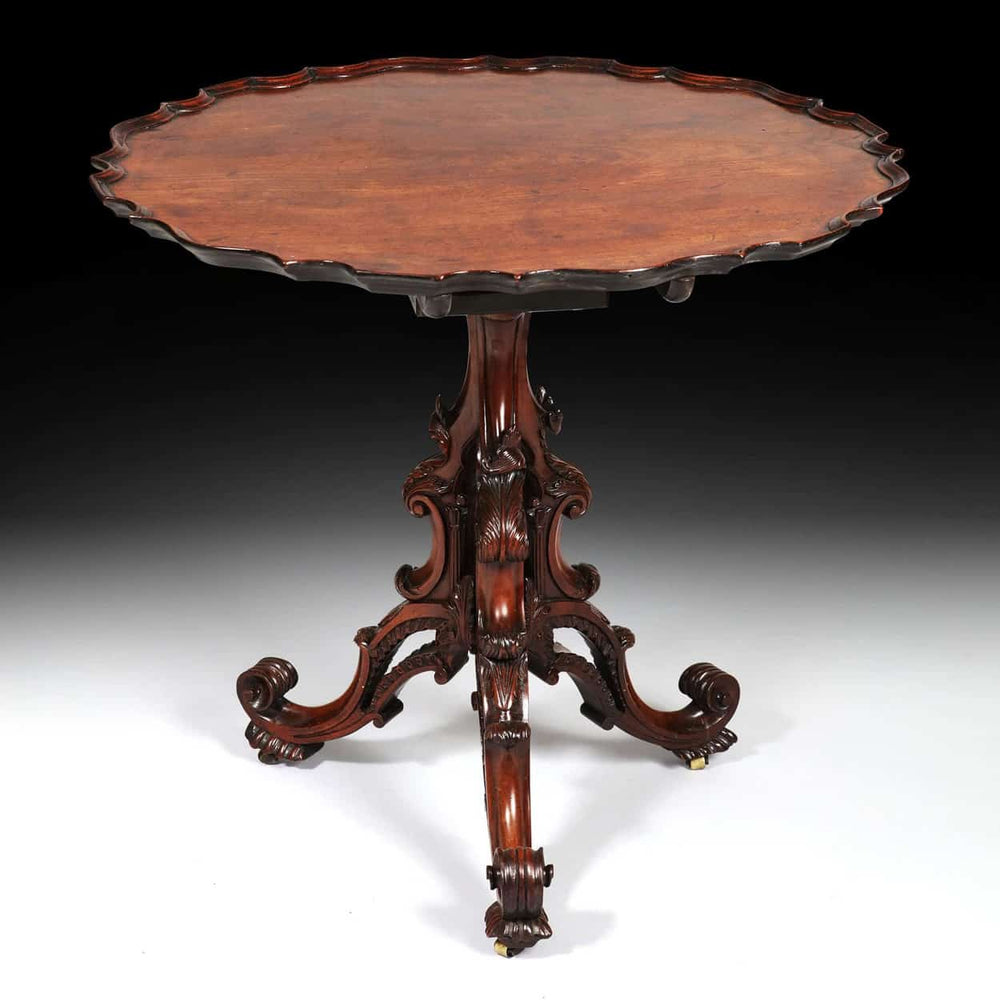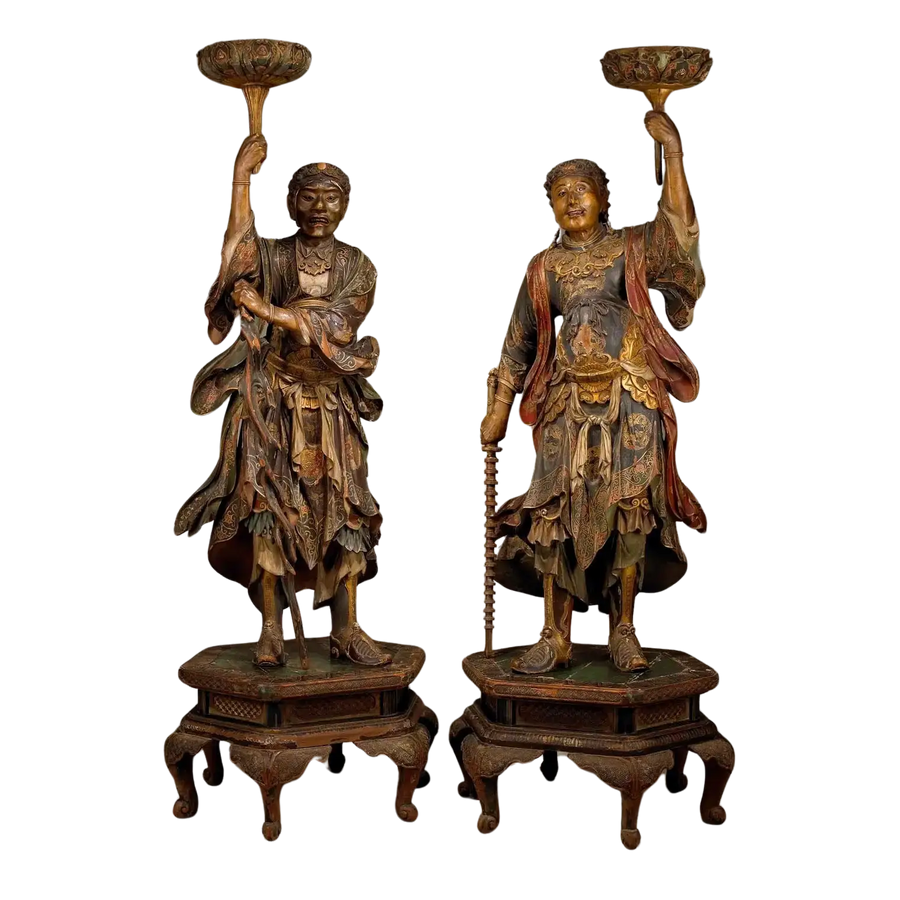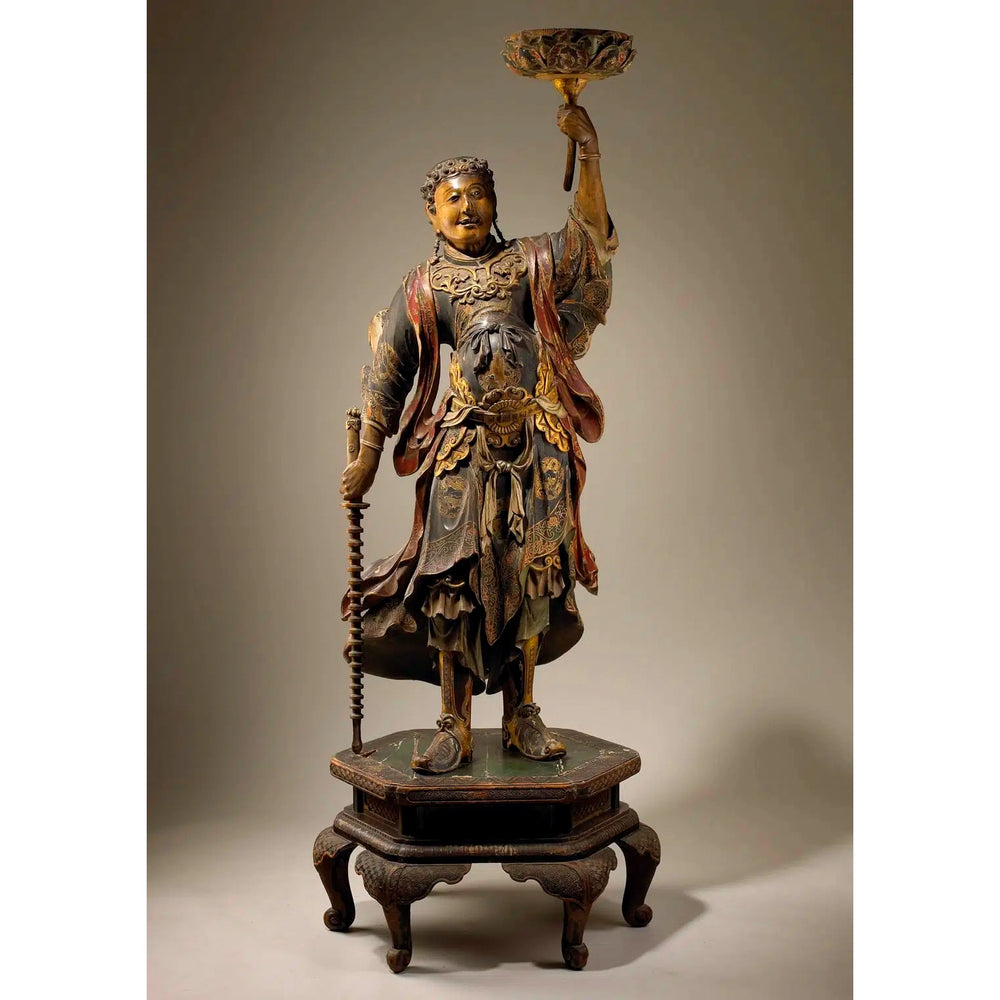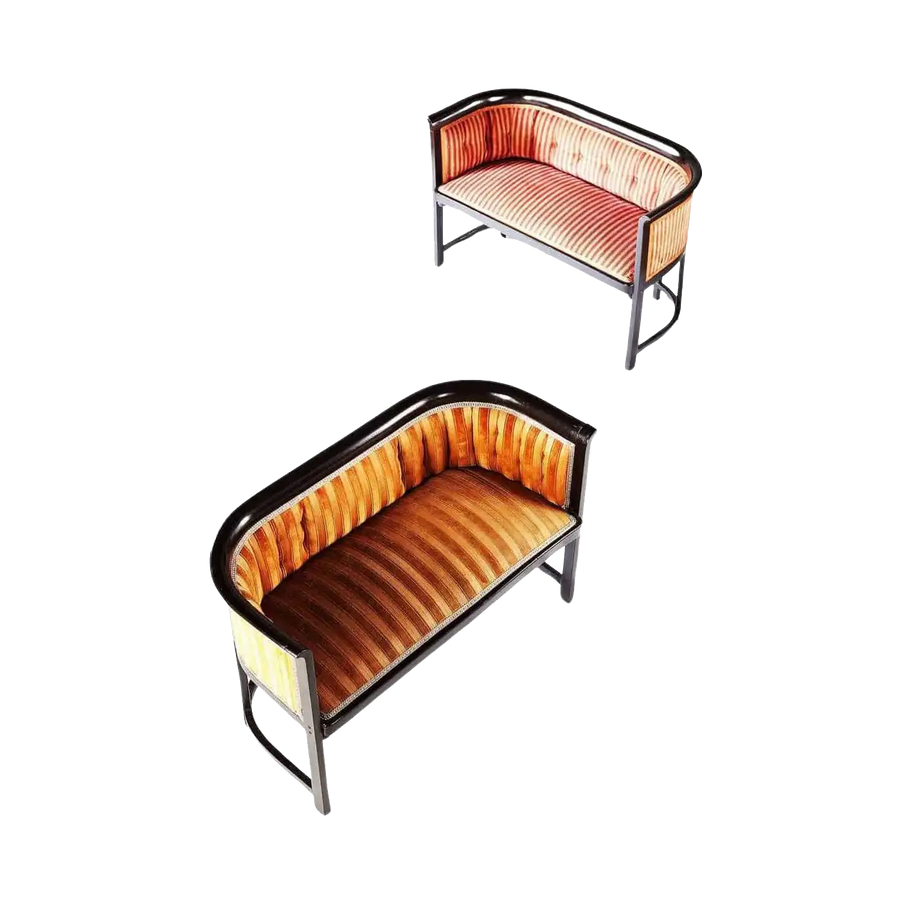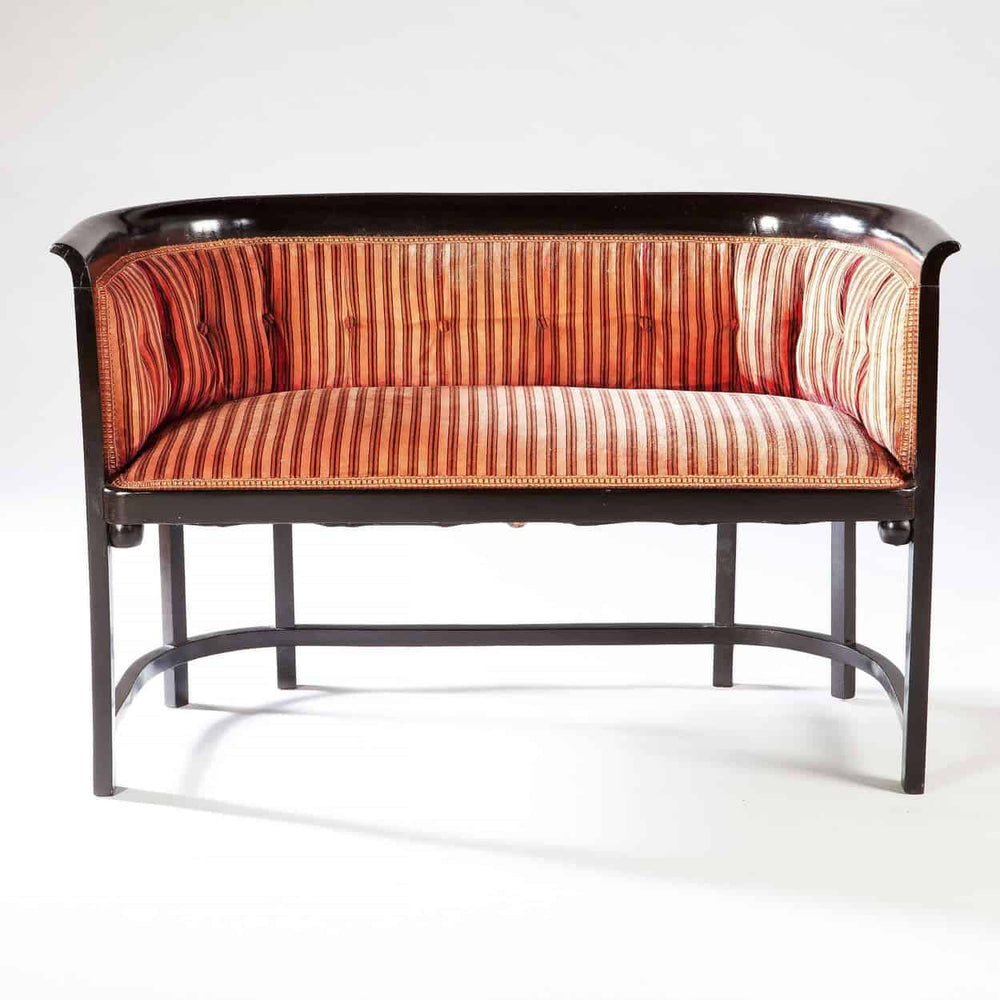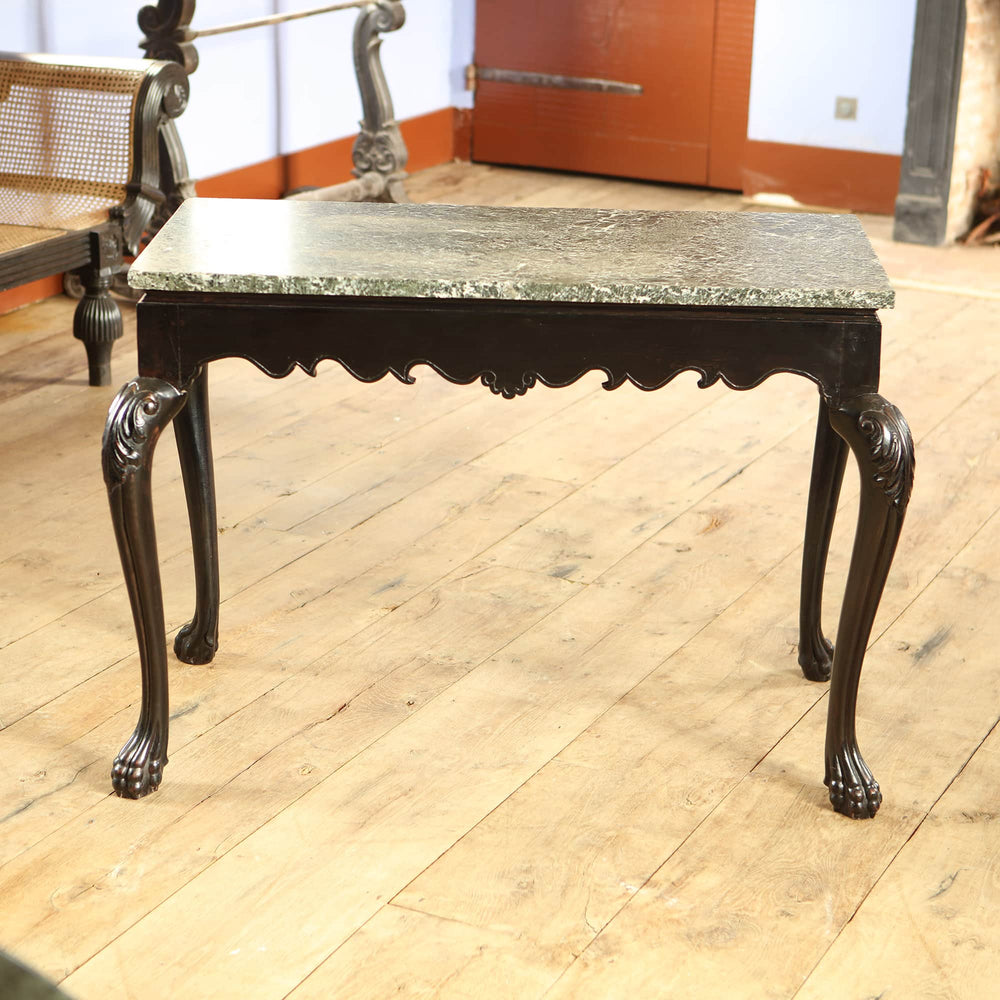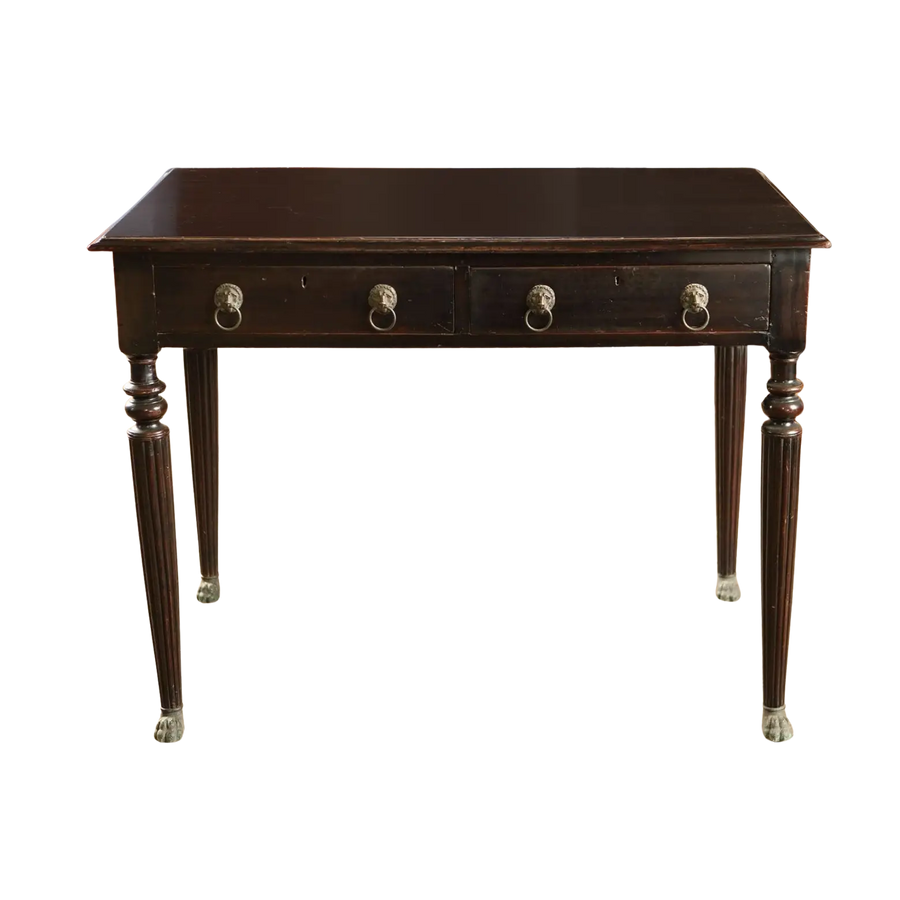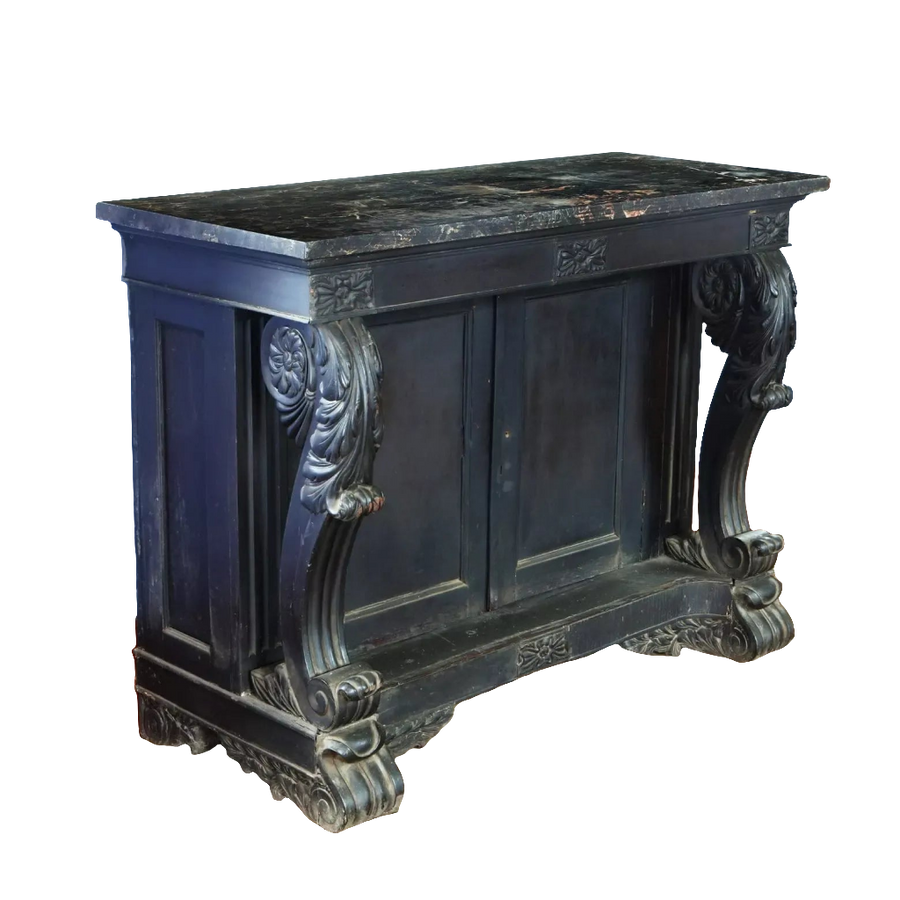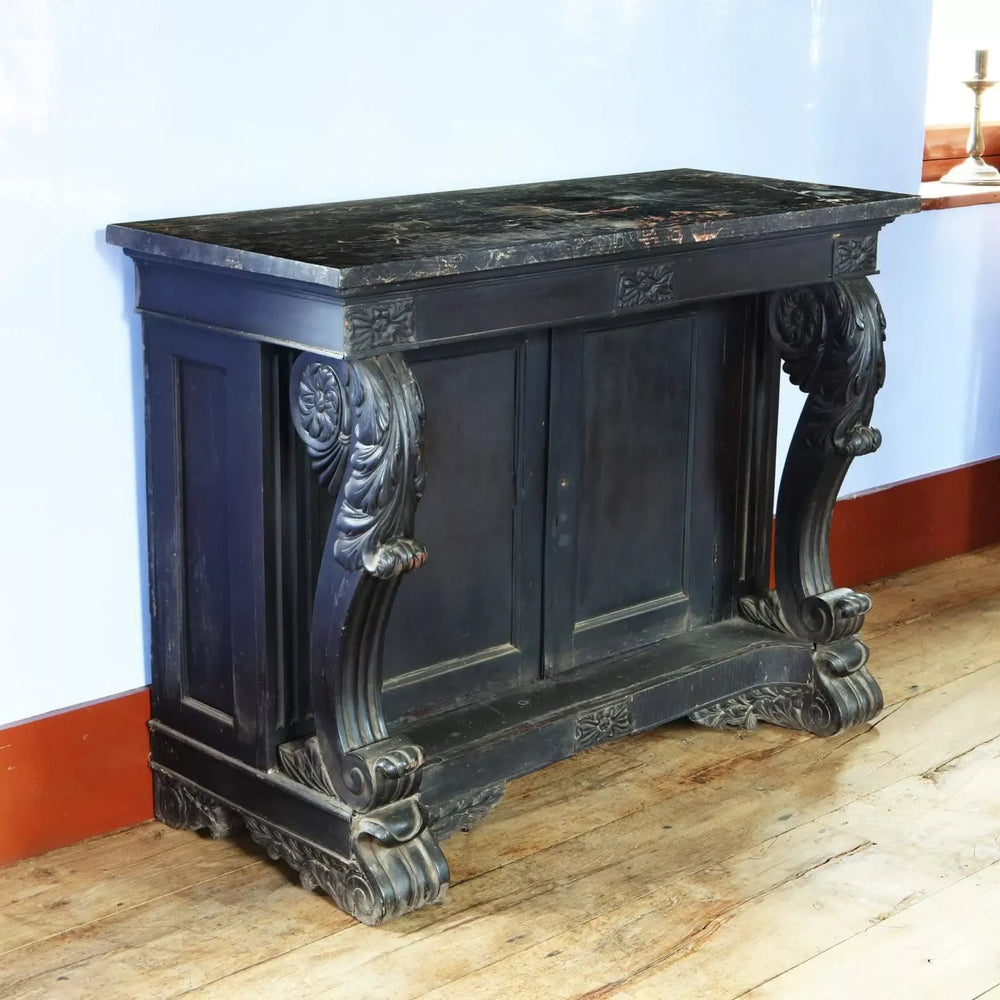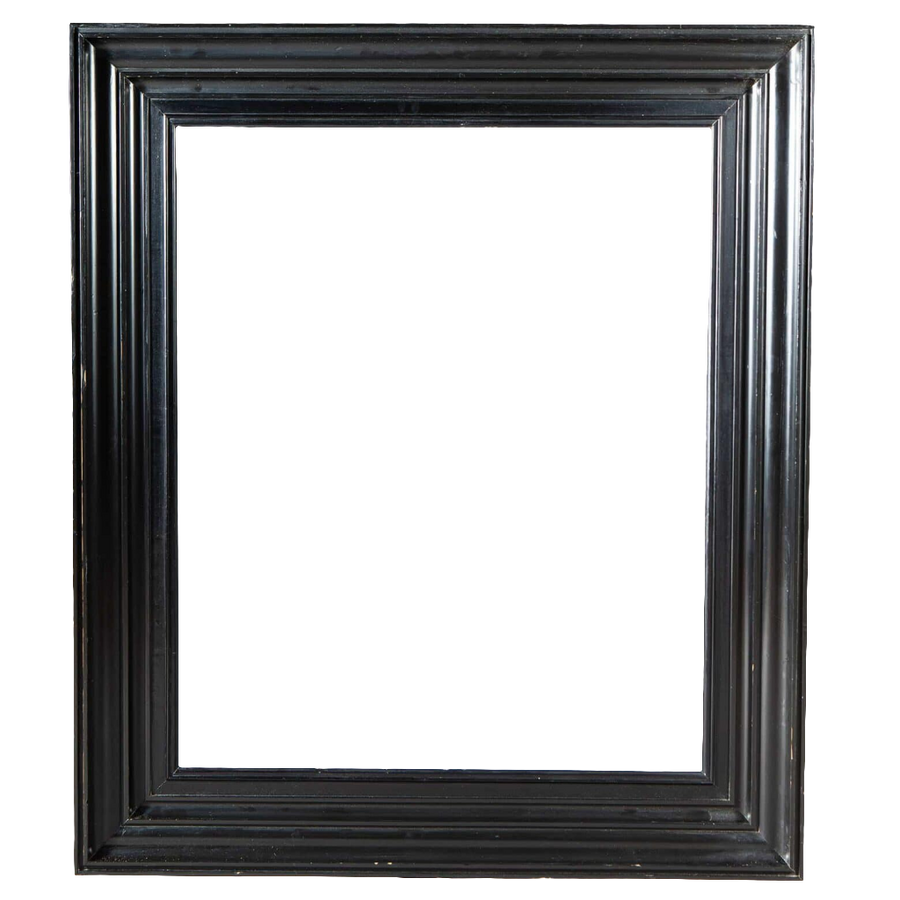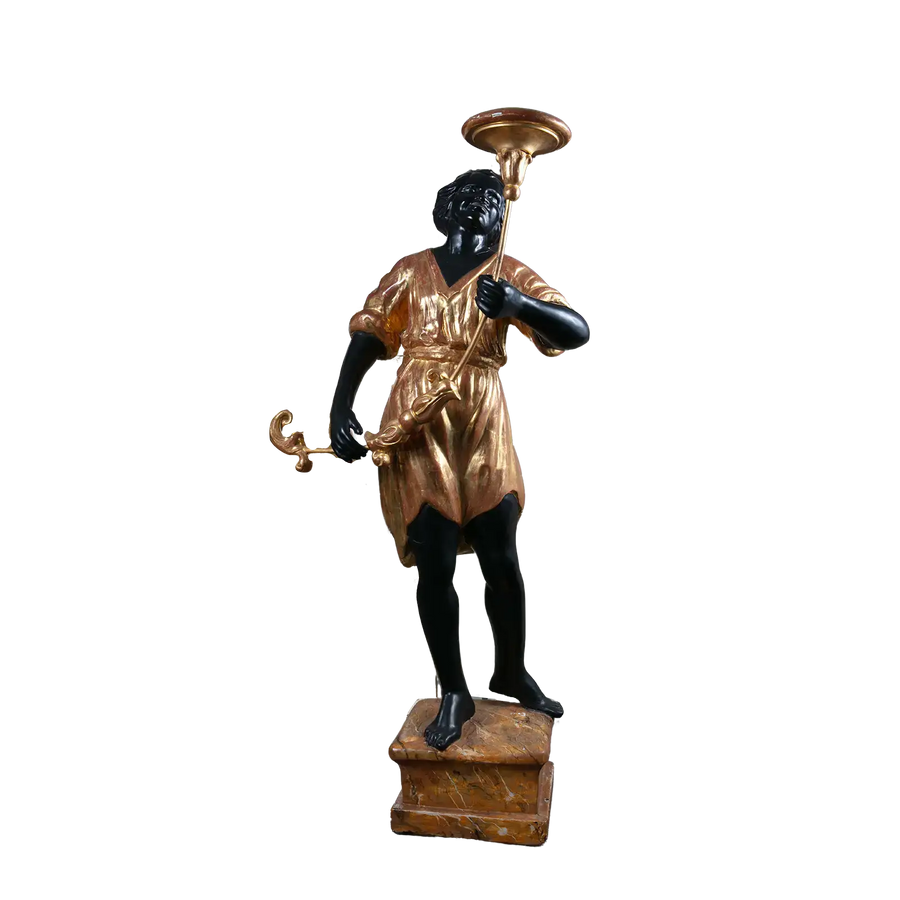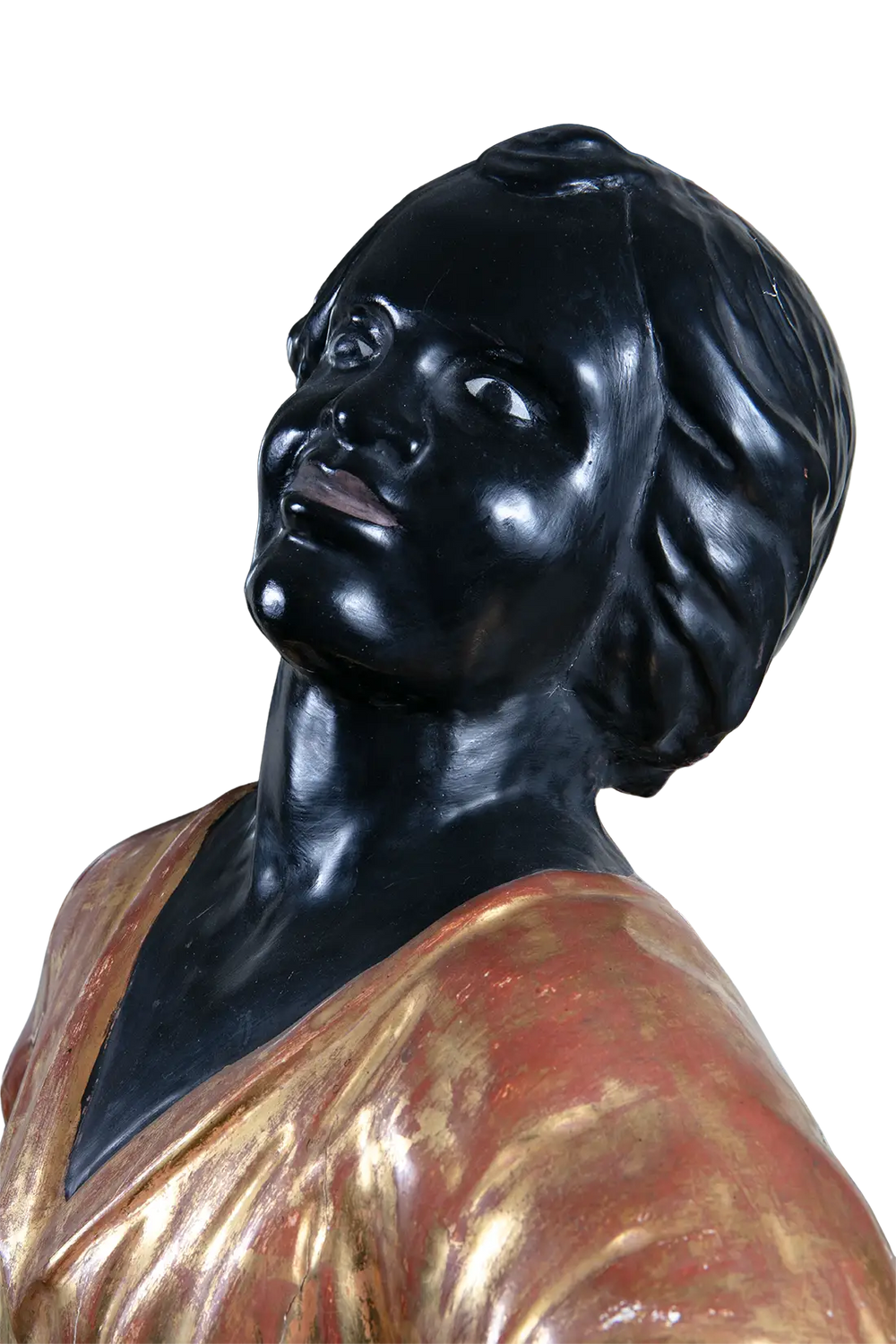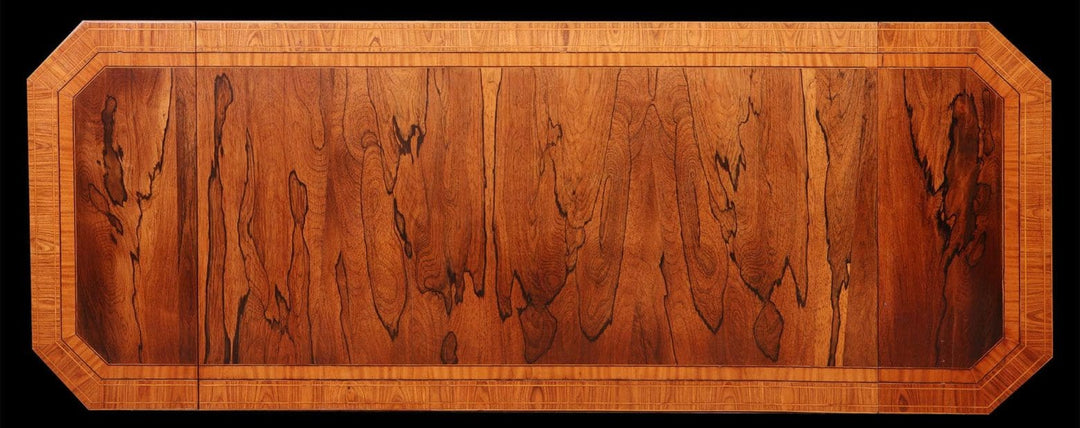Ebonising is a technique used to darken lighter woods in order to mimic the appearance of genuine ebony—a prized and costly hardwood native to parts of Africa and Asia. This process rose to prominence in 18th- and 19th-century decorative arts, enabling craftsmen to replicate the lustrous black finish associated with exotic imports, while using more readily available timber such as beech, oak or mahogany.
🔨 The Technique
Ebonising involves several methods, which may be used singly or in combination:
-
Staining with iron-based solutions (e.g. iron acetate) that react with the tannins in the wood, creating a natural black coloration.
-
Applying black dyes or inks, often mixed with shellac or water-based binders, to achieve uniform depth.
-
Layering with paint or coloured varnish, followed by polishing to simulate the sheen of true ebony.
- In some cases, the finish is enhanced with oil or wax to bring out the wood's grain beneath the darkened surface.
Unlike painting, ebonising allows the texture and figure of the wood to remain visible, preserving its tactile and aesthetic qualities.
🪑 Historical and Decorative Usage
Ebonised finishes were particularly popular during:
-
Regency and Victorian periods, where they were used to imitate Indian or African ebony in chairs, cabinets and small tables.
-
Aesthetic Movement and Arts & Crafts designs, favouring the striking contrast between ebonised wood and lighter inlays or brass fittings.
-
Japanese and chinoiserie-inspired furnishings, where the dark surface complemented decorative motifs and lacquered elements.
Furniture makers such as Edward William Godwin and Christopher Dresser often employed ebonised wood to convey modernity, exoticism and refinement in design.
🧼 Conservation and Collecting
Many antique pieces labelled "ebony" are in fact ebonised wood. Recognising this distinction is important for:
-
Conservation: Ebonised finishes can be sensitive to light, abrasion and poor cleaning methods.
-
Valuation: Ebonised furniture may still hold significant historical and aesthetic value, but differs materially from genuine ebony pieces.
Collectors prize well-preserved ebonised items for their deep tone and sculptural elegance, especially when paired with intricate carving or decorative inlays.
Ebonising exemplifies the ingenuity of decorative arts—transforming humble materials into luxurious finishes through chemical and artistic means. It reflects not only economic pragmatism but also the enduring desire for visual richness and stylistic sophistication.
Ebonising is a technique used to darken lighter woods in order to mimic the appearance of genuine ebony—a prized and costly hardwood native to parts of Africa and Asia. This process rose to prominence in 18th- and 19th-century decorative arts, enabling craftsmen to replicate the lustrous black finish associated with exotic imports, while using more readily available timber such as beech, oak or mahogany.
🔨 The Technique
Ebonising involves several methods, which may be used singly or in combination:
-
Staining with iron-based solutions (e.g. iron acetate) that react with the tannins in the wood, creating a natural black coloration.
-
Applying black dyes or inks, often mixed with shellac or water-based binders, to achieve uniform depth.
-
Layering with paint or coloured varnish, followed by polishing to simulate the sheen of true ebony.
- In some cases, the finish is enhanced with oil or wax to bring out the wood's grain beneath the darkened surface.
Unlike painting, ebonising allows the texture and figure of the wood to remain visible, preserving its tactile and aesthetic qualities.
🪑 Historical and Decorative Usage
Ebonised finishes were particularly popular during:
-
Regency and Victorian periods, where they were used to imitate Indian or African ebony in chairs, cabinets and small tables.
-
Aesthetic Movement and Arts & Crafts designs, favouring the striking contrast between ebonised wood and lighter inlays or brass fittings.
-
Japanese and chinoiserie-inspired furnishings, where the dark surface complemented decorative motifs and lacquered elements.
Furniture makers such as Edward William Godwin and Christopher Dresser often employed ebonised wood to convey modernity, exoticism and refinement in design.
🧼 Conservation and Collecting
Many antique pieces labelled "ebony" are in fact ebonised wood. Recognising this distinction is important for:
-
Conservation: Ebonised finishes can be sensitive to light, abrasion and poor cleaning methods.
-
Valuation: Ebonised furniture may still hold significant historical and aesthetic value, but differs materially from genuine ebony pieces.
Collectors prize well-preserved ebonised items for their deep tone and sculptural elegance, especially when paired with intricate carving or decorative inlays.
Ebonising exemplifies the ingenuity of decorative arts—transforming humble materials into luxurious finishes through chemical and artistic means. It reflects not only economic pragmatism but also the enduring desire for visual richness and stylistic sophistication.
Read More






